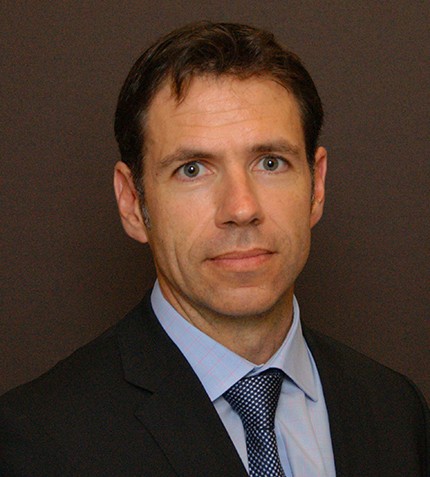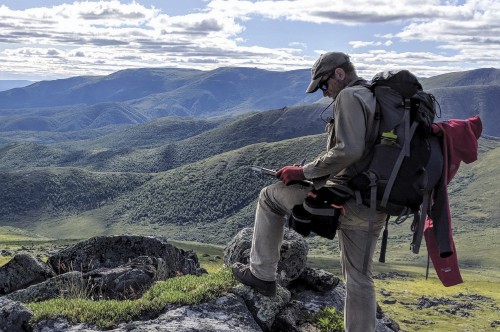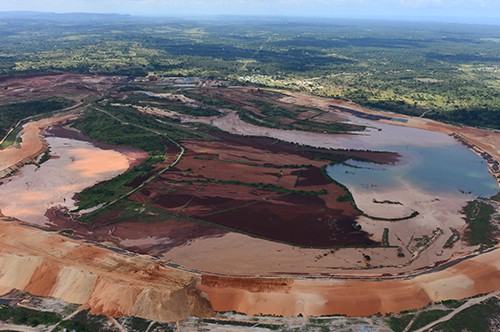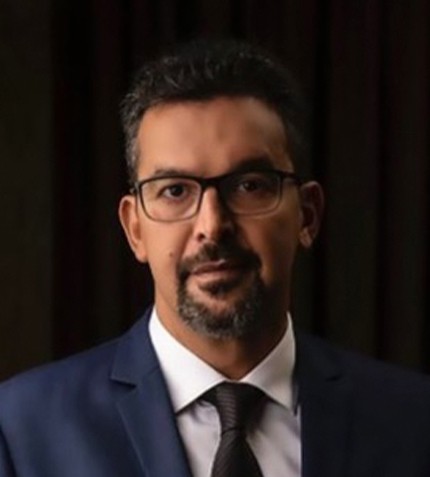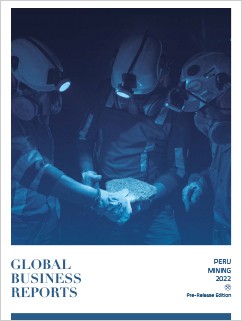
PUBLICATION
Peru Mining 2022 Pre-Release Edition 1
In 2021, the Peruvian mining industry rebounded after the devastating effects of the pandemic. It attracted investments around US$5.24 billion, which represented a 21% increase with regards to the previous year. Mining producers started making up for lost time after the easing of restrictions and encouraged by soaring metals prices, bringing huge opportunities to the whole value chain.
However, 2021 was also marked by a contentious general election, where Pedro Castillo won the runoff by an exceptionally narrow margin. The months following his victory have been characterized by a profound political instability and an uptick in social conflicts, which are significantly hindering investments in new mining projects.
If the mining industry is to take full advantage of the Peru’s outstanding geological potential and the bullish outlook for metals, more clarity in mining policies is key to attract investments into the country, as well as a more favorable environment to promote dialogue with society.





